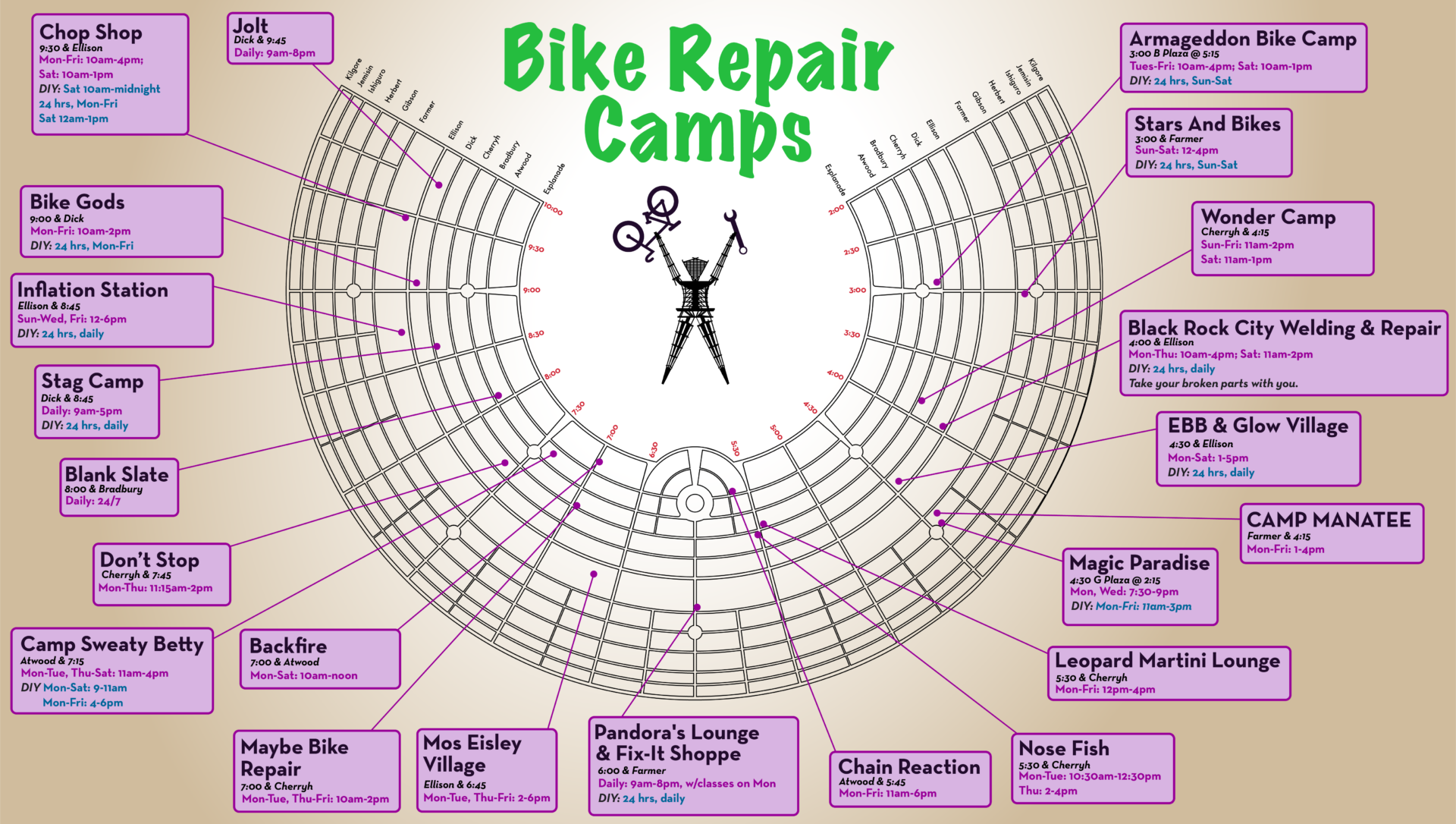This Year’s Street Names, A to K
As an expression of this year’s theme, Tomorrow Today, our streets have been named for visionary writers exploring the intersection of humanity with technology, the environment, politics, and identity in various speculative futures, ranging from dystopian cautionary tales to complex, visionary worlds.
- Esplanade
- Atwood
- Bradbury
- Cherryh
- Dick
- Ellison
- Farmer
- Gibson
- Herbert
- Ishiguro
- Jemisin
- Kilgore
Margaret Atwood – Often explores dystopian futures where environmental destruction, gender inequality, and authoritarianism dominate. Her works like The Handmaid’s Tale focus on the erosion of individual freedoms and societal control.
Ray Bradbury – Known for cautionary tales about technology and its impact on humanity. In Fahrenheit 451, he imagines a future where censorship and mindless entertainment are widespread, and intellectual freedom is crushed.
C.J. Cherryh – Explores complex, multi-species societies and intricate political systems, often in space. Her works, such as Downbelow Station, delve into the consequences of human expansion and interaction with alien civilizations.
Philip K. Dick – Depicts alternate realities, authoritarian control, and questions of identity and consciousness. His work often explores the blurring lines between reality and illusion, as seen in Do Androids Dream of Electric Sheep? (which inspired Blade Runner).
Harlan Ellison – Known for his dark and often provocative visions, Ellison’s futures tend to be morally complex, examining human nature and societal breakdown. A Boy and His Dog reflects post-apocalyptic worlds and survival ethics.
Philip José Farmer – Explores themes of immortality, alternate realities, and the evolution of humanity. His Riverworld series imagines a world where all humans throughout time are resurrected to live in a single, vast world.
William Gibson – A pioneer of cyberpunk, Gibson’s Neuromancer envisions a digital, hyper-connected world filled with hackers, corporate control, and artificial intelligence, giving rise to the concept of cyberspace.
Frank Herbert – His Dune series presents a future where ecology, politics, religion, and human evolution are intertwined. He imagines complex systems of power and environmental challenges, emphasizing sustainability and the consequences of imperialism.
Kazuo Ishiguro – Imagines futures that focus on human emotional responses to technological advances. In Never Let Me Go, he explores the ethics of cloning and the emotional lives of individuals in a future shaped by scientific progress.
N.K. Jemisin – In her Broken Earth trilogy, Jemisin creates a world where ecological disaster and social injustice shape human existence. Her works examine systemic oppression, survival, and the interconnectedness of all life.
Kilgore Trout – Known for absurd and satirical science fiction, Trout’s works often feature strange, sometimes darkly comedic explorations of humanity’s future, often involving strange or cosmic events that offer insight into human nature.
The radial streets of Black Rock City are named by their clock position. The light blue shaded area does not specify, but rather approximates, where you will find reserved-placement camps: interactive theme camps, camps supporting art installations, and infrastructure camps.
The “placed” reserved camp space is marked on the playa with blue survey flags. Some of these plots are so large that they may appear unclaimed and available when they are not. Be sure to camp outside the blue-flagged zones to avoid encroaching on reserved zones and then having to relocate your camp.
For walk-in camping — located between 2:00 and 5:00 — park your vehicles in the reserved zone across Kilgore Street at the flag fence, and set up your camp outside the parking flag fence.
Note: Walk-in camping is for people who drive their cars into BRC but don’t camp with their cars. You still need a vehicle pass to drive in and park before carrying your gear to walk-in camping.
Download the PDF version (5MB) of the 2025 City Plan for on-screen viewing or printing.
2025 BRC Public Map


